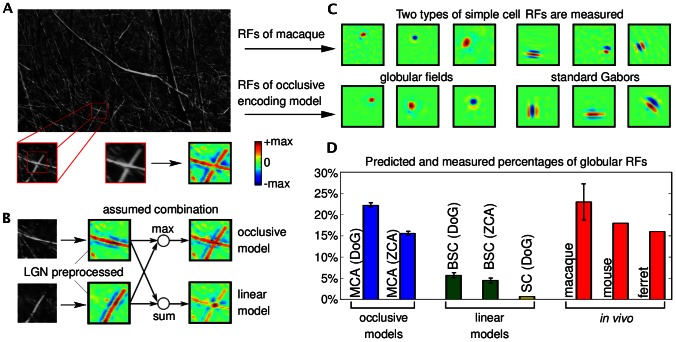Figure 1. Illustration of the combination of image components, comparison with computational models of component combinations, and receptive field comparison.
A Image patch (bottom left) showing an intersection of two branches extracted from a grey-level natural scene image (adapted from the van Hateren natural image database [58] with permission from J. H. van Hateren). Preprocessed version of the image patch (bottom right) obtained by using a center-surround filter to model the preprocessing by the lateral geniculate nucleus. B Left: Two image patches manually generated from the grey-level patch in A. Each patch is dominated by one of the two crossing branches of the original patch. Middle: The preprocessed versions of the two patches (central parts). Right: Combination of the two preprocessed patches using an occlusive combination (top) and a standard linear combination (bottom). C Examples of globular and Gabor-like receptive fields measured in V1 of macaque monkeys (courtesy of D. Ringach), and examples of the two receptive field types predicted by the occlusive encoding model. D Percentages of globular receptive fields predicted by different models for  hidden units compared to percentages of globular fields of in vivo recordings.
hidden units compared to percentages of globular fields of in vivo recordings.

